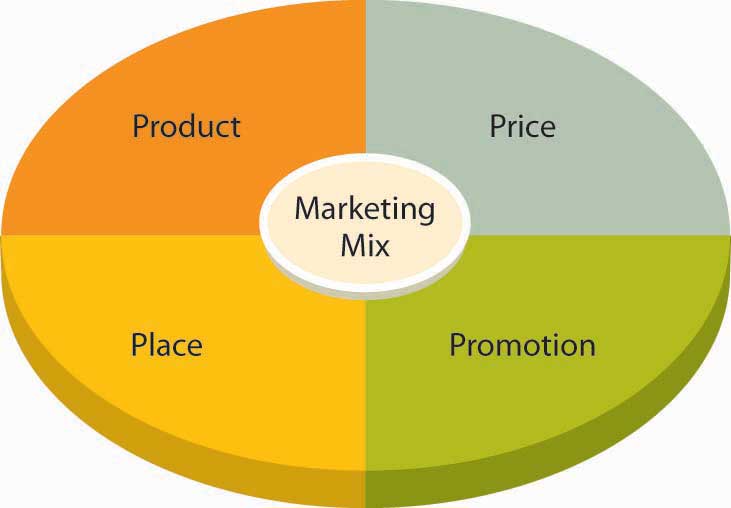1. Target Marketing

A target market is one or more topics that have been selected to be the primary focus for business operations. The selection of a target market is central for any type of small business since it facilitates the company to be more accurate with its marketing endeavors, thus making it more cost-effective. This method will heighten the business chances for success. The principal concept behind a target market is that it will be the best fit for a company's products and services. Sequentially, this will assist in escalating the efficiency and effectiveness of a business's marketing efforts.
2. Marketing Mix

The marketing mix, also known as "the four P's", consists of the combination of product, price, promotion, and place, aka distribution. Each component of the mix is affected by both internal and external factors towards the company. Furthermore, this will deepen your understanding of what products and services you can offer your customers. This additionally assists with planning, fabricating, and carrying out effective marketing strategies. Each component of the mix is affected by decisions carried out for the other elements. Therefore, a change of one of the elements will likely modify the other elements as well.
3. Market Segmentation

Segmenting a market is built upon the concept of focusing the marketing and sales efforts of businesses on prospects who are most presumably to purchase the company's products or services. This, in turn, benefits the company by enabling it to earn an exponentially significant return on those marketing and sales expenditures. Two important things to keep in mind for marketing segments are 1) there are comparatively correspondent subgroups that will behave similarly in the marketplace. 2) these subgroups will behave adversely from one another. Market segmentation is particularly significant for small businesses since they do not typically contain the resources to provide for large aggregate markets.
4. Products

Product implies tangible, physical products including intangible services. Some examples of product decisions are design and styling, sizes, variety, packaging, warranties and guarantees, ingredients, quality, safety, brand name and image, brand logo, and support services. In an instance involving service businesses, product decision also involves the design and delivery of the service, including delivery which contains things like congeniality, alacrity, and productivity. Product also consists of a company's website.
5. Promotion

Promotion is vital, as no matter how wonderful of a product you might contain, its value tends to decrease if people are not highly aware of it. Some examples of promotional activities comprise advertising, sales promotion, coupons, sweepstakes, two-for-one sales, personal sales, public relations, trade shows, webinars, etc. Word-of-mouth is also one of the strongest and most efficient forms of promotion. This is because the individuals who discuss products and services do not contain any commercial interest.